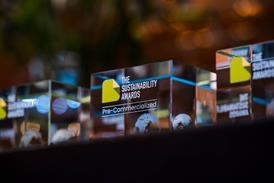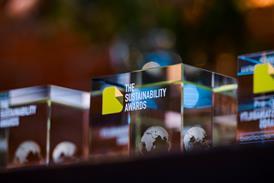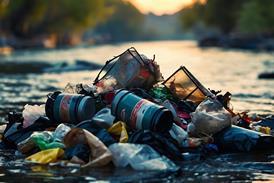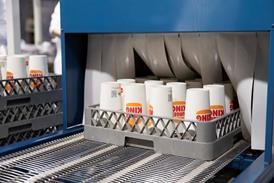
McDonald’s Japan has replaced its controversial paper straws with ‘strawless’ lids made from recycled PET, but consumers are still divided on the new solution’s practicality. Tim Sykes reflects on this demand for convenience, sometimes at the expense of sustainable progress, and what we can learn from getting the balance wrong.
This content was originally sent to Packaging Europe members in The Bulletin – a weekly newsletter that includes articles like this, as well as lots more original content. To receive a brand-new edition of The Bulletin every week, plus an exclusive range of reports, briefings and events, click here to become a member.
The plastic versus paper debate continues! McDonald’s Japan has just announced its plans to transition away from paper straws in favour of strawless lids made from recycled PET bottles. While the official press release doesn’t specify a reason for the change, one can assume from the switch to rPET – and the company’s ongoing plan to reduce virgin plastic by approximately 6,600 tons a year by 2025 – that this isn’t a step back from sustainability initiatives as a whole.
It’s no secret that paper straws have proven unpopular worldwide, so much so that U.S. President Trump has rescinded Secretary’s Order 3407 – a measure initially hoped to phase out single-use plastics on federal lands by 2032.
Similar disdain crops up among Japanese consumers. Staunch defenders of the plastic straw are dissatisfied with the new lids, complaining that the redesigned spouts will increase spillages and create more hassle; this is despite claims by McDonald’s that the lids prevent leaks and pressure-related expulsions. Other concerns include alleged impacts on taste and a less nostalgic consumer experience.
From a more neutral perspective, some consumers request that, if McDonald’s is reverting to plastic anyway (an oversimplification, but technically true), its restaurants might provide optional plastic straws for those who want them. Even those praising the new lids note their potential to reduce waste in passing, moving swiftly on to their usefulness when servers forget to provide a straw – and perhaps a broader cultural emphasis on convenience is driving this preference for functionality over sustainability benefits.
The persistent, sometimes purely sentimental arguments for plastic might frustrate us at times, but a practical approach makes sense when the whole point of fast food is easy access. Paper straws cannot be considered helpful if they are too soggy and misshapen to even drink through; not to mention that water saturation risks compromising their recyclability anyway.
If McDonald’s can get this alternative right, it could harness Japan’s 348,000-ton bottle-to-bottle recycling capacity to hit the sweet spot between performance and consumer experience. A closed-loop system for its PET components would be ideal, but the links between its high bottle utilization rate and thermal recovery give me pause.
For now, though, this packaging pivot is another important reminder that packaging solutions cannot be sustainable if they don’t perform their primary function. A blanket bias against plastics ignores their very real benefits, as well as the potential consequences of selecting an inappropriate material because it looks good – if you’ll forgive the pun – on paper.
If you liked this story, you might also enjoy:
The ultimate guide to the Packaging and Packaging Waste Regulation in 2025
How are the top brands progressing on packaging sustainability?
Everything you need to know about global packaging sustainability regulation in 2025
The key to increasing the use of reusable packaging in supermarkets


























No comments yet